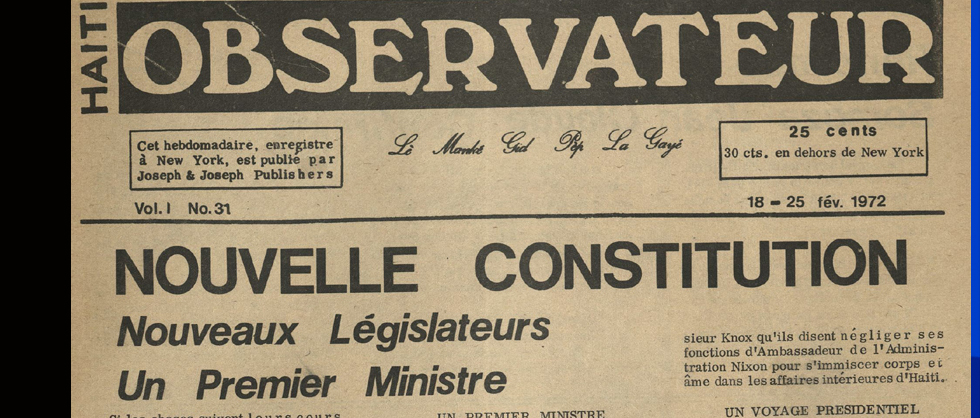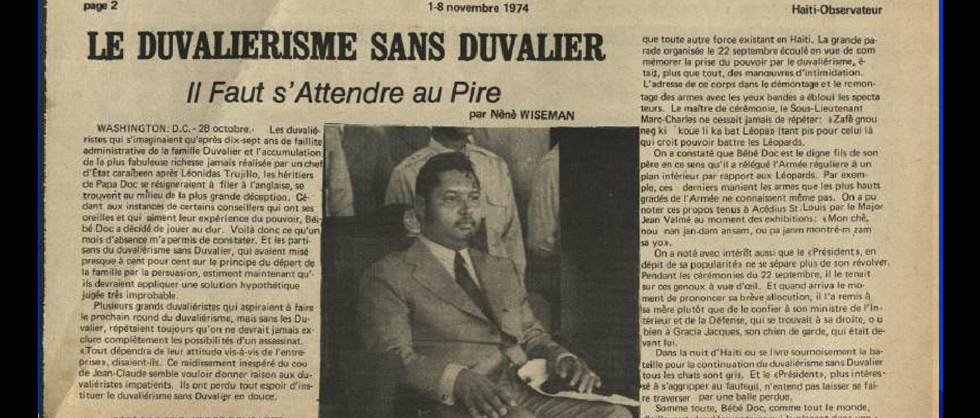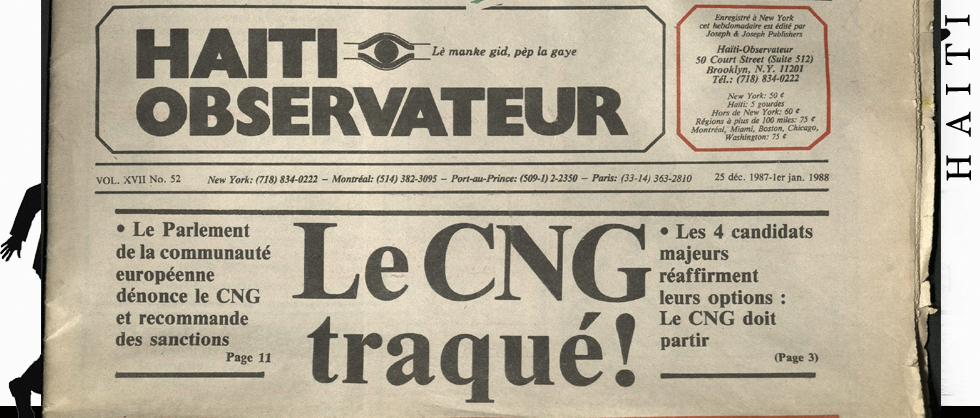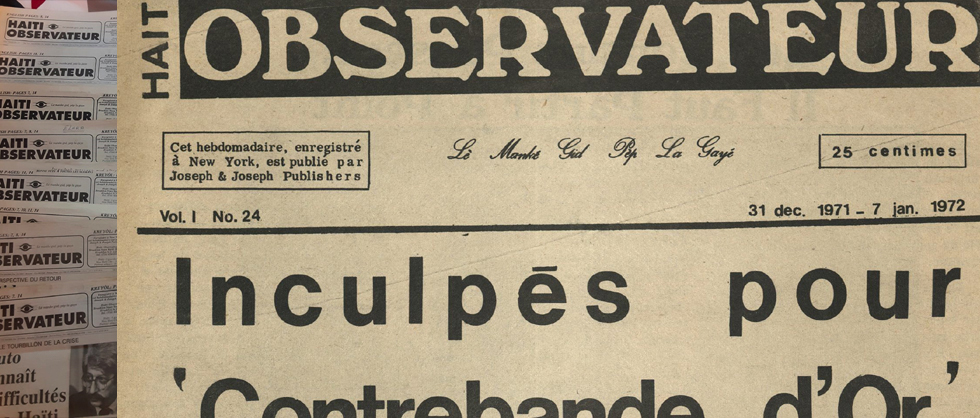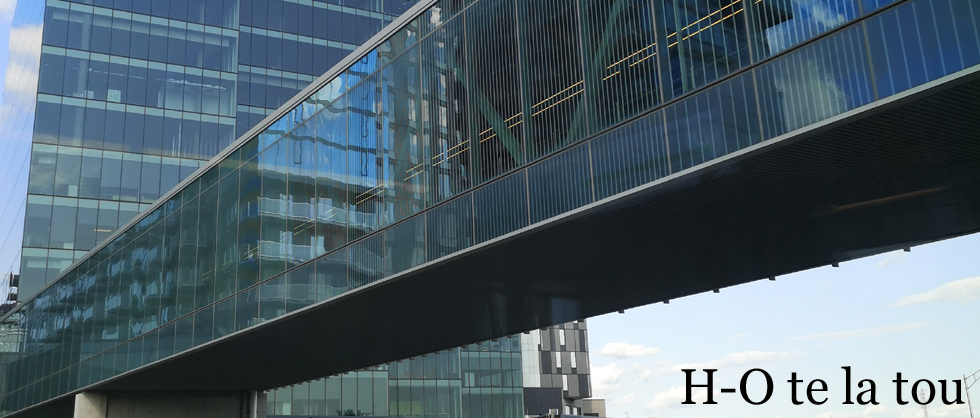FROM THE CITY HALL By Michael Bloomberg
- The Revival of Brooklyn’s Waterfront
New York City was once one of the great manufacturing capitals of the world, until many of those businesses migrat ed to other parts of the globe where they were able to find cheaper land and cheaper labor. But we’ve always believ ed that New York must be a place where people can find good jobs in making and moving products. And now, thanks the investments we’re making to diversify our economic
base and put more New Yorkers to work, that’s happening on a substantial scale.
Specifically, we’ve set in motion an ambitious plan to revive Brooklyn’s working water front and catalyze the creation of some 11,000 new industrial jobs there over the next two decades. You can already see some of the fruits of those labors in the new businesses that are moving into the area. Phoenix Bevera ges, for instance, is opening a new shipping facility that will not only take some 20,000 trucks a year off the road, but also create and preserve 600 jobs. Sims Municipal Recycling is opening a recycling fa ci lity at the 30th Street Pier, which will also eliminate truck trips and create 100 jobs. And the Axis Group is building a new cargo terminal at the South Brooklyn Marine Ter mi nal, which will create 600 more jobs.
Last week, we moved forward on another significant investment in our industrial sector : The redevelopment of a mam moth warehouse in Sun set Park endearingly known as ‘Federal Building Num ber Two.’ The warehouse – which is as big as Macy’s department store at Herald Square – was built in 1916 for the U.S. Navy, but for the past decade it has sat completely empty. In May, we brokered the sale of the building to a development company that is now going to transform the facility into a new hub for small industrial businesses. We expect this project will create 400 construction jobs and lead to at least 1,300 in dustrial jobs – jobs that are especially important to immigrants and those who are climbing the first rungs of the economic ladder.
Creating more jobs is our Administration’s number one job, and we’re waging this effort on many fronts – even in areas that you wouldn’t normally expect. Take traffic congestion, for example. Traffic jams aren’t just a headache for those who are stuck in them; they can also be job killers – by robbing businesses of valuable time that instead could be spent selling products and serving customers.
What’s especially aggravating is the traffic caused by unnecessary road construction. How many times have you seen a street get torn up for maintenance or repair work, repaved, and then ripp ed up all over again for another project ? Well, we’re working to make that kind of aggravation a thing of the past – thanks to a new online system we’ve unveiled that brings together City agencies, utility com panies, and construction firms to coordinate their projects and reduce unnecessary road work. There will be higher fines, too, for those who flout the rules and dig up streets without a permit. It’s a simple fix to an ageold problem – and it’s going to help keep traffic moving, which is vital to keeping our economy moving, too.
this article in belong ton the august 02 2011 edition of Haiti-Observateur à P. 7 : http://haiti-observateur.ca/wp-content/uploads/2018/06/H-O-2-novembre-2011-1.pdf


